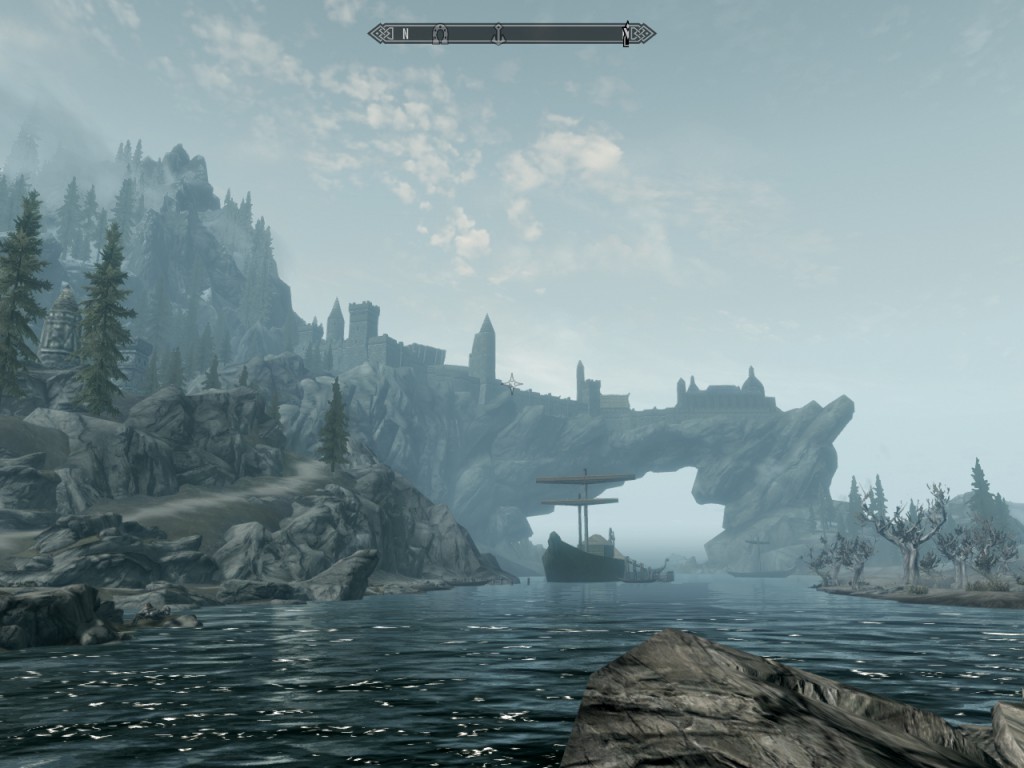Hiding Limited Behavioral Patterns
During my ongoing literature review I often discover interesting facts about things I’ve never thought about. Sometimes I can connect these facts with my own observations: The result is mostly a completely new idea why things are as they are. Maybe these ideas are new to you, too. Therefore I’ll share my new science based knowledge with you!
This week: This time, I think about how a game’s story hides limited behavioral patterns that would otherwise be noticeable.
Many computer games allow players to experience atmospheric and exciting narratives by presenting great and dangerous problems only they can solve. The presentation and the overall embedding of a game’s story is often achieved with Non-Player Characters (NPCs) that inform players about a particular problem, provide background information or react to a player’s actions.
An NPC’s reaction can be twofold: 1) The NPC can either react to a player’s successful completion of a task by thanking or rewarding the player, or 2) react to a player’s presence or recent accomplishments by simply acknowledging her existence or expressing the own gratitude or fear. In both cases, an NPC’s reaction rewards the user with positive emotions as they managed to potentially change somenones life or even saved an entire planet. In contrast to virtual items, emotions affect a player in the real world thus ultimately leading to a more intense gameplay experience and even a potential improvement of a player’s mood and general well-being.
Seen from a programming point of view, an NPC’s reaction merely follows the settings of a couple of variables that determine success or defeat and the player’s general reputation. This is due to the fact that simulating realistic behavioral patterns is currently still impossible and would require a lot of expensive development. However, as a game’s narrative normally provides players with clear goals they simply need to complete in order to progress with the story, this limitation is rarely noticed. That way, atmospheric and believable reactions can be modelled and subsequently activated when the required conditions are met. As a result of this, the player experiences the impression that the NPC really saw what the player did and hence feels emotionally involved.
In the end, by using NPCs to only inform players about great problems and rewarding them for their help without requiring additional interactions with them, technical limitations can be hidden.



